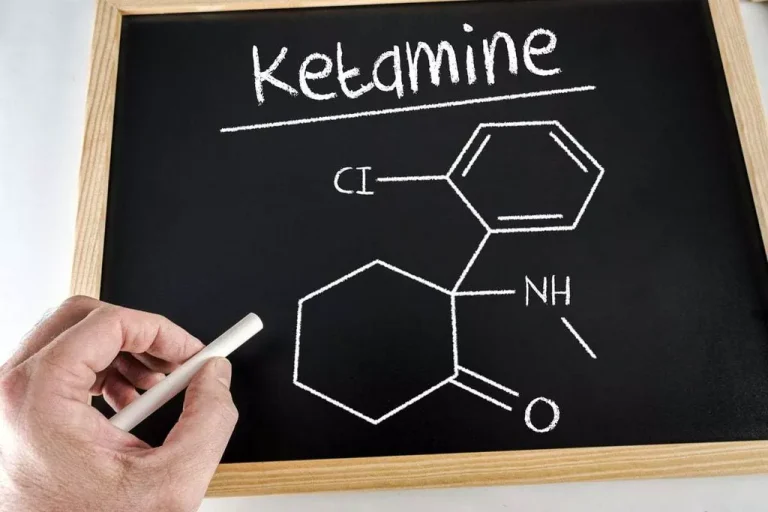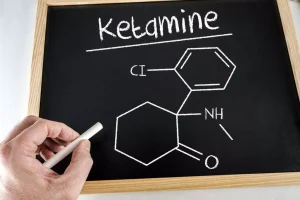
Detox can be done on an in-person or outpatient basis and include intravenous (IV) fluids to prevent dehydration and medications to minimize symptoms and treat seizures or other complications of alcohol withdrawal. Someone with an alcohol addiction who has remained sober for months or years may find themselves drinking again. They may binge drink once or drink for a period of time before getting sober again. It’s important that the person get back on track and resume treatment. Alcohol addiction, also known as alcoholism, is a disease that affects people of all walks of life. Experts have tried to pinpoint factors like genetics, sex, race, or socioeconomics that may predispose someone to alcohol addiction.
Where to get support?
- Heavy drinking in this population is four or more drinks a day or eight drinks a week.
- It can be life-threatening, causing serious medical issues like seizures and hallucinations that require immediate medical care.
- If you or a loved one are struggling, please call to speak to a caring admissions navigator about your treatment options, ask any questions you may have about rehab or the treatment process, and verify your insurance.
- A big part of recovery is building resilience toward life stressors without turning to alcohol, and practicing self-care (focusing on your physical, social, mental, and spiritual well-being) can help.
- One size does not fit all and a treatment approach that may work for one person may not work for another.
Research shows a high correlation between alcohol misuse and high-risk sexual behavior, violence, crime, self-injury, and fatal injury from things like motor vehicle accidents. People with AUD represent about 20–35 percent of completed suicides. In the emergency room, a doctor will check their BAC and look for other signs of alcohol poisoning, such as a slow heart rate and low blood sugar and electrolyte levels. More and more people are sober curious, toying with the notion of drinking less. Here, we briefly share the basics about AUD, from risk to diagnosis to recovery.
What are the Symptoms of Alcohol Use Disorder (AUD)?

When psychosis is suspected, a general physical and neurological exam should be performed to exclude medical causes such as subdural hematoma, seizures, or hepatic encephalopathy—any of which may be a consequence of AUD. Again, it’s important to create a timeline of mental health symptoms and alcohol use and to collaborate as needed with mental health specialists for selection of pharmacotherapies and psychosocial interventions. The mood disorders that most commonly co-occur with AUD are major depressive disorder and bipolar disorder. Some healthcare professionals may use an older tool to screen for alcohol use disorder called the CAGE Questionnaire. When alcohol use begins to interfere with your daily life, it is time to seek treatment and find recovery from addiction. If you or a loved one is suffering from alcoholism, call us to get information about available facilities, treatments, therapies, helpful facts about alcohol abuse, and the path to recovery.
Articles
- According to the Centers for Disease Control and Prevention (CDC), moderate drinking is typically defined as two drinks or fewer for men per day, or one drink or less for women.
- Alcohol use disorder can look different in each person, but there are some symptoms you can watch out for.
- In general, alcohol consumption is considered too much—or unhealthy—when it causes health or social problems.
You can work with a health professional to try new treatments that may work better for you. As mentioned above, the DSM-5 says an AUD diagnosis requires at least 2 of the 11 symptoms of alcoholism listed above to have occurred within the previous 12 months. The more familiar term “alcoholism” may be used to describe a severe form of AUD, but physicians, researchers, and others in the medical community tend not to use the word. See your doctor if you begin to engage in behaviors that are signs of alcohol use disorder or if you think that you may have a problem with alcohol. You should also consider attending a local AA meeting or participating in a self-help program such as Women for Sobriety. Awareness of the definition and who is at risk for developing AUD can help people make better decisions about their use of alcohol.


Groups such as Alcoholics Anonymous (AA) provide support for people who are recovering. Treatment of AUD focuses on relieving symptoms of alcohol withdrawal in the short term and then suppressing alcohol cravings in the long term. It can be difficult to know when you or someone you care about is struggling with alcoholism. Alcohol abuse can often be hidden or disguised among drinkers who believe that because they only drink socially, their use is not problematic. Alcohol intoxication occurs when a person drinks an excess of alcohol in a short period. Learn more about the short- and long-term effects of alcohol consumption here.
When patients report mood symptoms, it helps to clarify the possible relationship with alcohol use by asking, for example, about mood symptoms prior to starting alcohol use and on extended periods of abstinence. In addition, ask about current and past suicidal ideation or suicide attempts, as well as the family history of mood disorders, AUD, hospitalizations for psychiatric disorders, or suicidality. Anxiety disorders are the most prevalent psychiatric disorders in the United States. The prevalence of AUD among persons treated for anxiety disorders is in the range of 20% to 40%,2,15 so it is important to be alert to signs of anxiety disorders (see below) in patients with AUD and vice versa. If you want to know more about alcohol use disorder, including treatment options and what counts as a “standard drink” in the United States, you can visit the NIAAA Rethinking Drinking website.
Duration of Alcohol Use Disorder
Like many other substance use disorders, alcohol use disorder is a chronic and sometimes relapsing condition that reflects changes in the brain. This means that when people with the disorder are abstaining from alcohol, they are still at increased risk of resuming unhealthy alcohol consumption, even if years have passed since their last drink. A common initial treatment how to recognize signs and symptoms of alcoholism and alcohol abuse option for someone with an alcohol addiction is an outpatient or inpatient rehabilitation program. An inpatient program can last anywhere from 30 days to a year. It can help someone handle withdrawal symptoms and emotional challenges.
- In this disorder, people can’t stop drinking, even when drinking affects their health, puts their safety at risk and damages their personal relationships.
- Stigma can be reduced with normalization statements such as “Many people try (cannabis or painkillers in ways that are not prescribed) at some point in their lives; is that something you have tried?
- The NIAAA Alcohol Treatment Navigator can help you connect patients with the full range of evidence–based, professional alcohol treatment providers.
- Knowing more about the features of an alcohol use disorder as well as the available rehabilitation options can help you find the best alcohol treatment for yourself or someone close to you.
Signs and Symptoms of Alcohol Use Disorder
A number of studies have looked at alcohol use among specific racial and ethnic populations, including Black, Indigenous, and People of Color (BIPOC) communities. Severity of AUD is determined by the number of symptoms present. A national survey published in 2019 https://ecosoberhouse.com/ reported that 14.1 million adults (5.6%) and 414,000 adolescents aged years (1.7%) were experiencing AUD in 2019 in the United States.